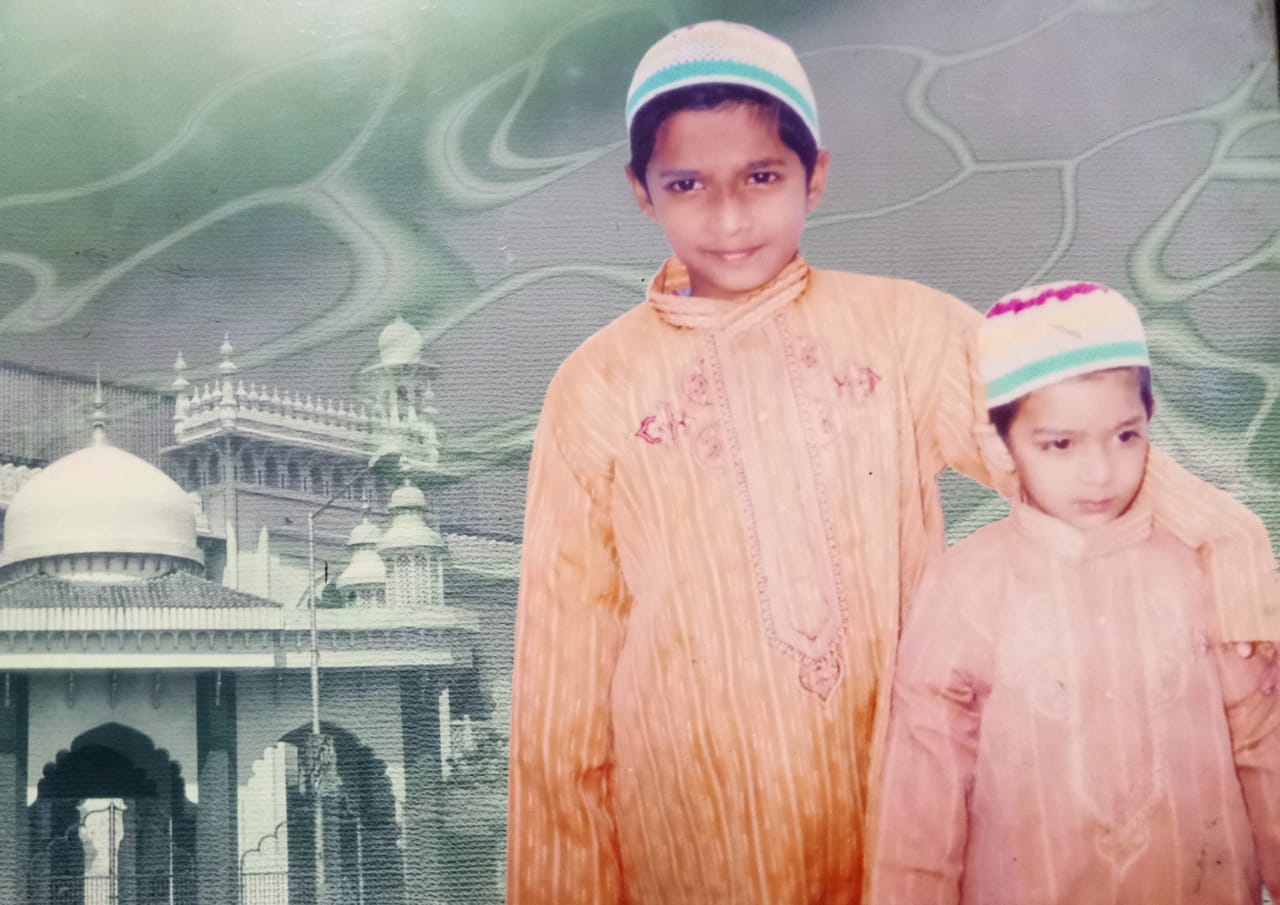Class VIII Chapter 2 Political Science Understanding Secularism Lesson Plan
Class VIII chapter 2 of the Political Science “Understanding Secularism” lesson plan is prepared as per the latest CBSE guidelines. This lesson plan on “Understanding Secularism” is as per the National Curriculum Framework – NCF. Social Science teachers face a lot of difficulties while teaching such sensitive topics. Moreover, It is not so easy to make the children understand the word “secularism” in class VIII. Therefore, you need a well-prescribed and detailed lesson plan on “Understanding Secularism”. Hope you will find this lesson plan on “Understanding Secularism” helpful.
Table of contents:
- General objective,
- specific objective,
- Teaching method
- Content / Teaching points
- Classroom Activity
- Classwork
- Home-work
- Values Imparted
- Integrated Learning
- Learning Outcome
- Remedial Measure.
Class VIII Chapter 2 Political Science Understanding Secularism Lesson Plan
Chapter 2 Understanding Secularism
Date: 22/06/2022
Topic: Understanding Secularism
No. Of Periods required: 04
Duration of Class: 35 minutes.
General Objective:
Firstly, to develop an interest in the subject.
Secondly, to make them understand that in India all religions are treated equally.
Specific Objective:
To develop an understanding of the “rule of law”.
Secondly, understand the vision and values of the Indian constitution.
Teaching Method:
Tools/Teaching aids:
Textbook, PPTs, Videos.
Technique: Interactive
To begin with, the teacher plays a short video on secular India https://www.opindia.com/2020/10/tanishq-ad-controversy-5-ads-short-films-hindu-muslim-unity-secularism/.
Now, after playing the video, the teacher begins the class by asking a few simple questions.
Which religion do You belong to?
Students’ responses – Hindu, Christian, Muslim, Jain, Sikh…..
Which religion do you think is the best?
Students’ responses – Hindu, Christian, Muslim, Jain, Sikh….. all.
Very Good.
All those who said the Hindu religion is the best, please stand up, I have a question for you.
Have you read Vedas, Quran, Guru Granth Sahib or Bible?
Students’ response – No teacher.
So, without reading or knowing about the other religions how do you know which religion is the best?
Students’ response – ????
Therefore, all religions are good.
Every religion teaches us good things.
People in every religion may be good or bad.
But for that can we blame religion?
Students’ response – No teacher.
That is why our leaders decided that all religions will be treated equally in India.
They wanted to make India a unique country full of varieties in Religion, caste, Languages, Dress, Food, etc.
Do you know which word our leaders have used for India in our constitution – A secular country?
And what is the meaning of a Secular country?
It means all religions are the same and will be treated equally.
When the children take interest in the topic, the teacher explains why is it important to separate Religion from the state?
Content/ Teaching Points:
- Understanding Secularism: Introduction.
- What is Secularism
- Why is it important to separate Religion from the state?
Activity – 1: Individual activity
The teacher asks the students to open their school diary and note down the names of Holidays related to religious festivals.
Method: Play way
Objective:
To know-how in India, every religion is given equal importance.
Skills Developed:
Broader thinking.
Assessment criteria:
This activity will not be assessed.
Classwork:
To begin with, the teacher will discuss the questions given in the textbook.
Further, the following short questions will be done in the class:
Fill in the blanks: Select the correct answer from the bracket given below.
( State, religious, support, religious support, alligiance )
- The intervention of the state can also be the term of _____________________.
- In the USA, most students in government schools have to begin their school day by reciting the pledge of ___________.
- The Indian state is not ruled by a ________________ group nor does it ____________ any one religion.
- The most important aspect of Secularism is its separation of religion from ____________ power.
- Government schools do not celebrate any ____________ festivals in school premises.
2. State “True” OR “False”
- In Indian secularism, the state is not strictly separated from religion.
- Government schools do not promote any religion in India.
- The Indian constitution does not grant any religious community to set up their own schools and colleges.
- Wearing a turban is allowed in the Sikh religion.
- In Indian secularism, the state cannot intervene in religion.
Home-work:
- Make a collage of all religious festivals that we celebrate in India.
- Paste images of Indian Prime Ministers and Presidents who belong to different religions.
Answer the following questions in brief:
Q1. How the American constitution ensures that America is a secular state?
Q2. “The tyranny of the majority could result in discrimination“. Explain.
Q3. Mention the objectives of a secular state?
Q4. Why is it important to separate religion from the state in a secular country?
Q5. Can the people of the same religion have different views? Explain with an example.
Values imparted:
Respecting diversity and equality.
Integrated learning:
Integrating with sports:
Name any three cricket players who belong to a different religion but have played for the country.
Also, Paste their photographs and mention their contribution in short.
Integrating with English:
Write any five examples which show that India is a secular country.
Integrating with Sanskrit:
Explain “वसुधैव कुटुम्बकम”
Integrating with Hindi:
write slogans in Hindi on धर्मनिरपेक्षता
Learning Outcome:
- Firstly, understands the vision and values of the Indian Constitution.
- Secondly, develops an understanding that all citizens can practice their religion with freedom.
Remedial Measure:
Pair and Share.
Slow learners will clear their doubts from their classmates.
Class VIII Chapter 2 Political Science Understanding Secularism Lesson Plan
Conclusion:
We know that India is a secular country.
Here, people have the freedom to choose, practice, and propagate their religion.
The country does not have any official religion.
Therefore, neither the government nor any private institutions discriminate on the basis of religion.
So, we can say that India is a secular nation without any state religion.
Of course, the students of class VIII of their age will find it difficult to understand this chapter Understanding Secularism.
But, if you have planned the chapter well in advance, the topic can be easily explained in the class.
It will also depend much on the teacher and the way they put this chapter Understanding Secularism in the class.
I Hope, the lesson plan on Understanding Secularism will help you in planning your chapter in a better way.
Class VIII Social Science Lesson Plan – Activity Based For The Month Of April – May
Class VIII Human Resources Lesson Plan That May Change Your Perspective





0 Comments